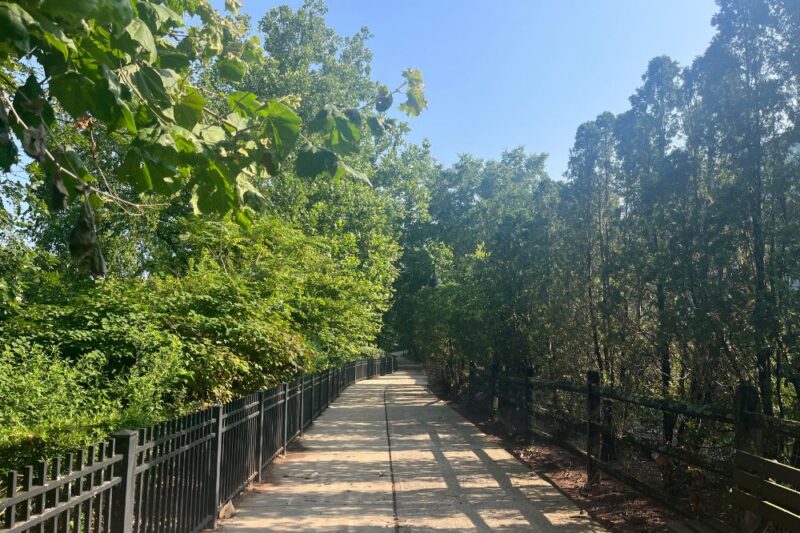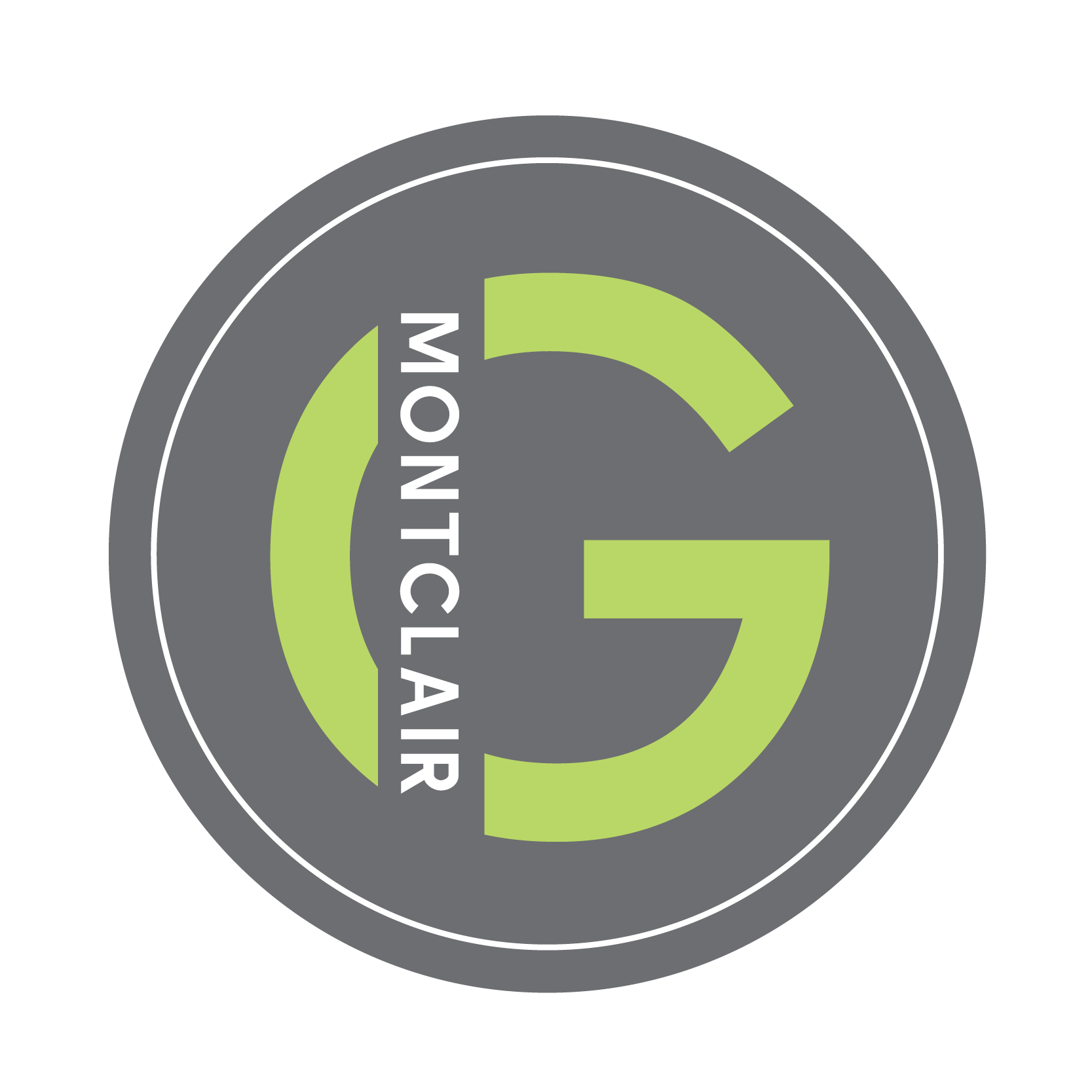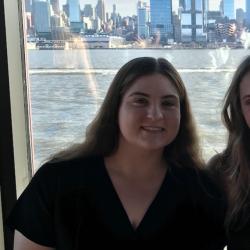The second Monday in October is recognized each year as Indigenous Peoples’ Day. Last year, MG did a deep dive on the Lenape in Essex County. This year, we’re sharing more information about the Lenape tribe and its Kintekay celebration, a seasonal harvest celebration of thanks, and the namesake for many places in North Jersey. Read on to learn about this Lenape celebration of thanks in North Jersey.
About the Lenape
The Lenape, also known as the Lënapeyok, Lenni Lenape, and Delaware, are an Algonquian language-speaking people native to Lenapehoking. Lenapehoking means the “homelands of the Lenape,” and comprises the entirety of New Jersey, eastern Pennsylvania, New York City, Long Island, New York’s Hudson River Valley, and a portion of Delaware.
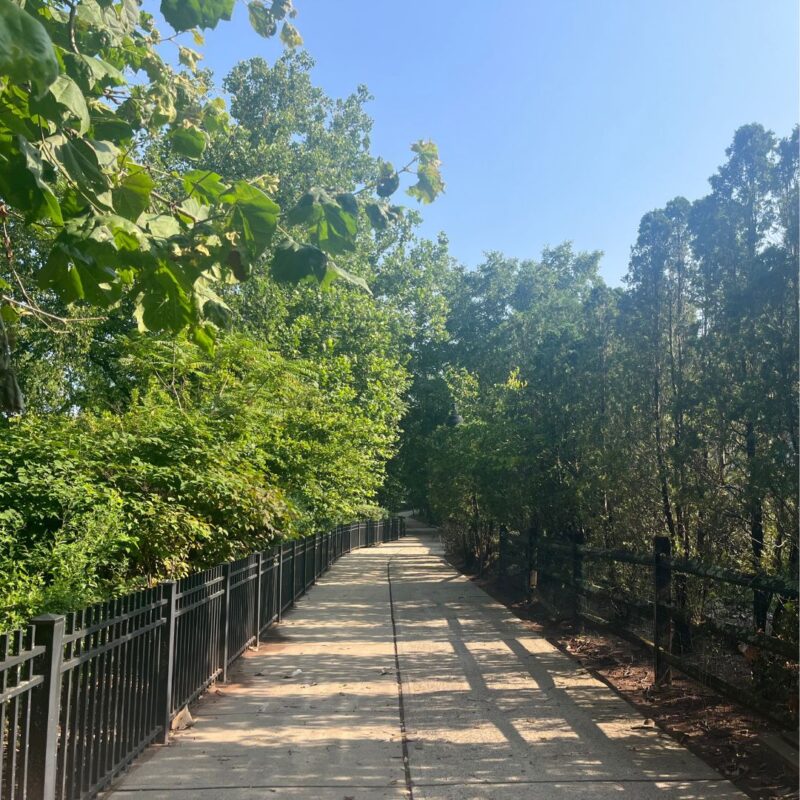
The Lenape language belongs to the Algonquian language family, specifically the Eastern Algonquian subgroup. The Lenape of New Jersey spoke Munsee and Unami. Those who inhabited Essex County were Munsee speakers who had many sub-tribes such as the Acquackanonk, Rumanchenank, Tappan, Hackensack, and Pompton, which were spread out across North Jersey.
Read More: The History Behind Essex County Town Names
Essex County’s Lenape were hunter-gatherers who relied on fish like clams and oysters and game like turkey and deer. They used the Watchung Mountains and fields and meadows like the Great Piece Meadows to grow crops such as corn.
The Lenape + Their Kintekay
Once a year the Lenape would partake in an annual celebration or kintekay (also spelled kantekaey, cantacoy, and cintecoy). During the time of year when crops had been harvested over the summer but it was too early for winter hunting.
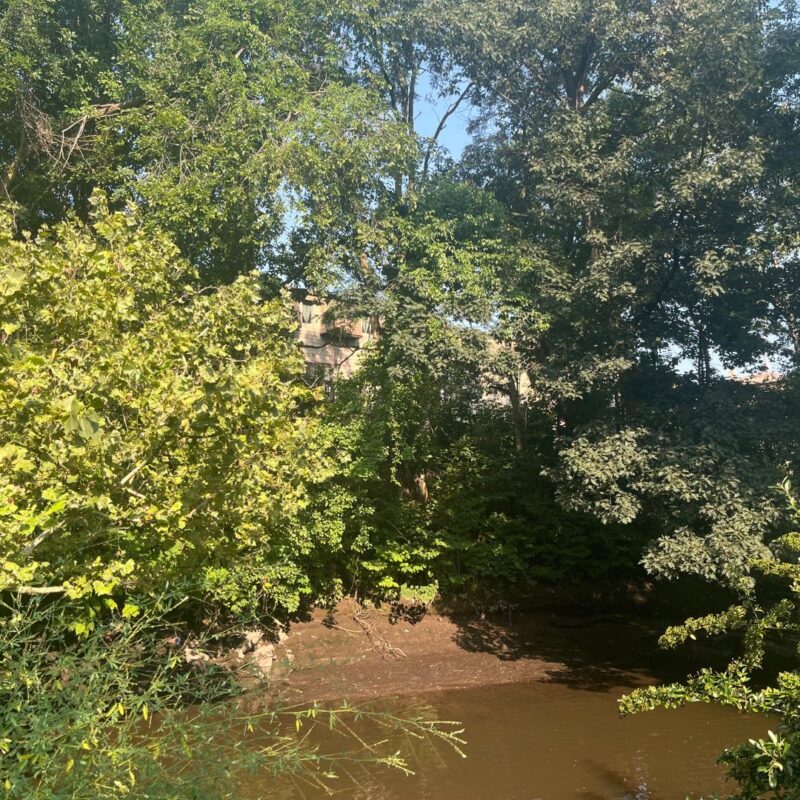
The Lenape traveled east toward the Passaic River to catch fish. As they traveled, they gathered in the area where the Third River, or Yantacaw River flows into the Passaic River. At this celebration, they camped, danced, thanked their gods for their harvest, drank, raced canoes on the Passaic, and feasted with their brethren. The celebration would last for three to four days and preceded the famous ‘first Thanksgiving’ at Plymouth Rock, Massachusetts in 1620.
At this celebration, numerous subtribes and tribes such as the Raritan, Tappan, and Pomptons were in attendance. Historian and Nutley local Frank Speer narrowed this site to what was the Federal Telecommunication Laboratories in Nutley, which was demolished in 1996, and the land sold to a real estate company. One can walk along the Third River and get a glimpse of the area by using a walking path at the corner of Myrtle Avenue and River Road in Clifton. This path is about a quarter mile and offers wide walking paths, benches, and a view of the water.
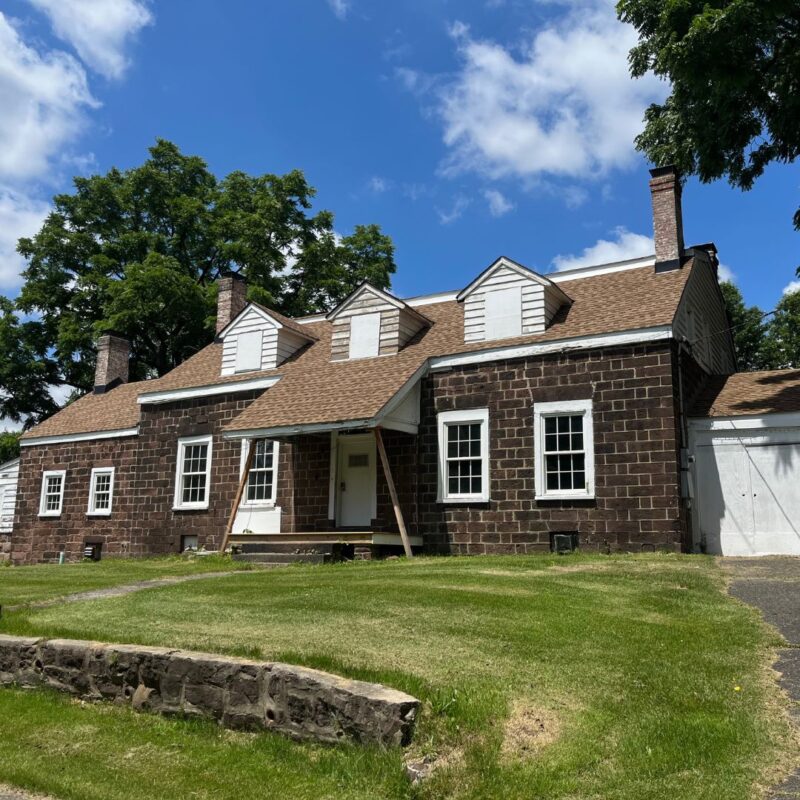
The land was initially owned by Juriaen Thomasse Van Ripen and purchased by John Bradbury as early as 1692. He lived here with his wife Elizabeth, and their six children, and eventually built Nutley’s oldest extant home, the Van Riper House, at 491 River Road. Juriaen’s grandson Abraham Van Riper married John and Elizabeth’s daughter Elizabeth and the home stayed in the Van Riper family till the late 19th century. By 1894, the Yountakah Country Club, originally the Nutley Golf Club, was at this location. The club closed in 1943 and later became acquired by Federal Telecommunication Laboratories. In 1996, the real estate company that acquired the land built apartments. Today, the Cambridge Heights Apartments as well as other homes, apartments, and parking lots sit where the Lenape used to meet.
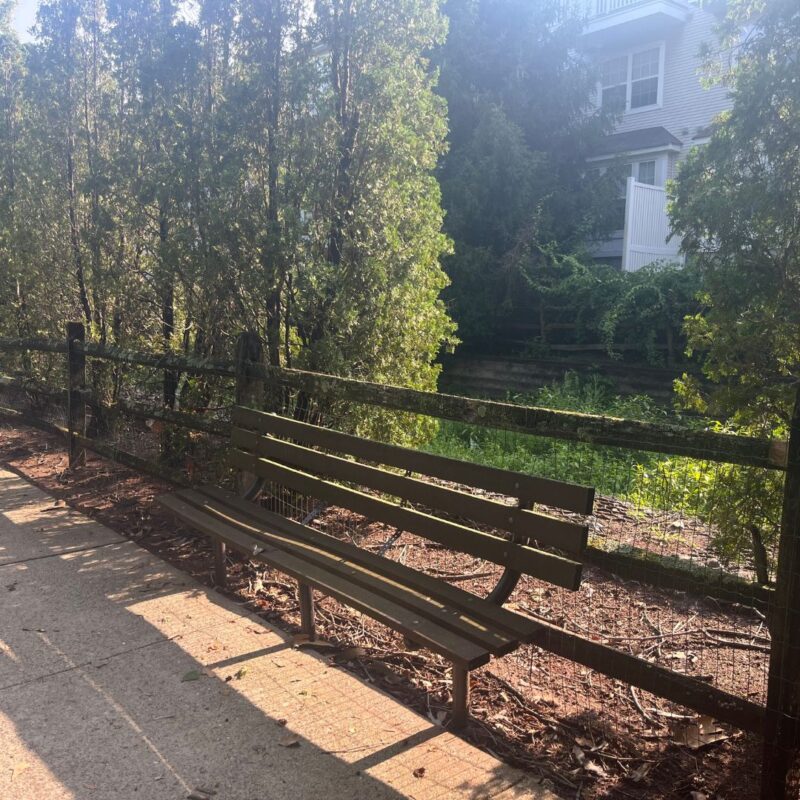
See More: The History of New Jersey’s Piney Culture
This celebration developed as a place name for the area becoming used for schools, roads, companies, golf courses, and more. Other variations of the name include Kantacaw, Yantecaw, Yanticaw, Yantico, Yanteco, Yauntakah, Yantokah, Yontekaw, Yountacah, Yountakah, Yountacaw, Yountakuh, Jantacach, and even Jadakagh. The term means “the dancing place”. Other ideas behind the meaning of it include “here this way” and “wood boundary”.


